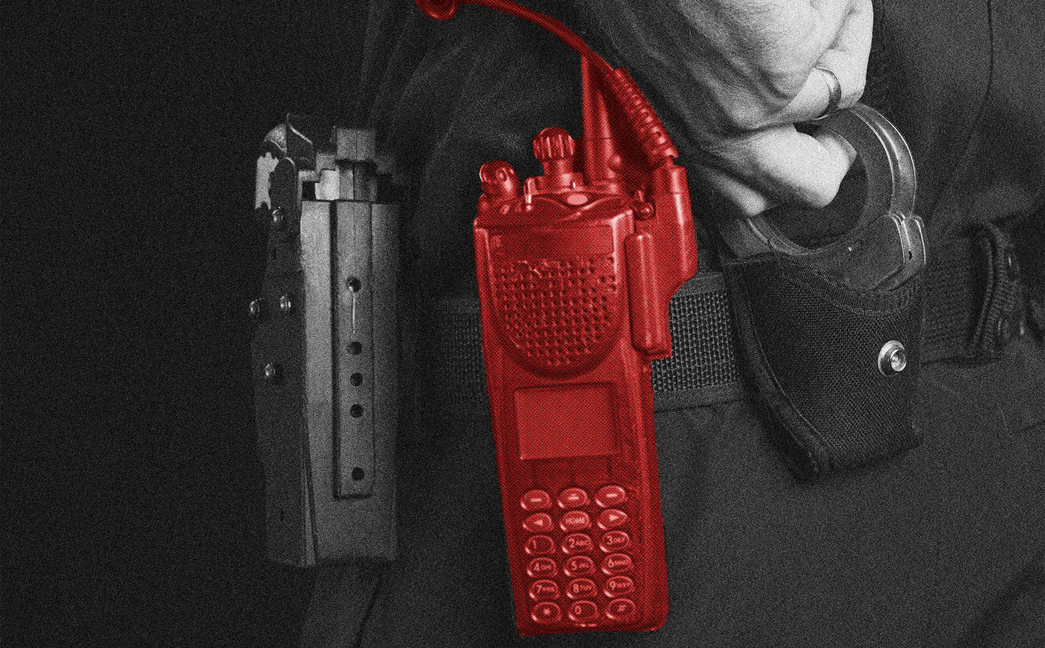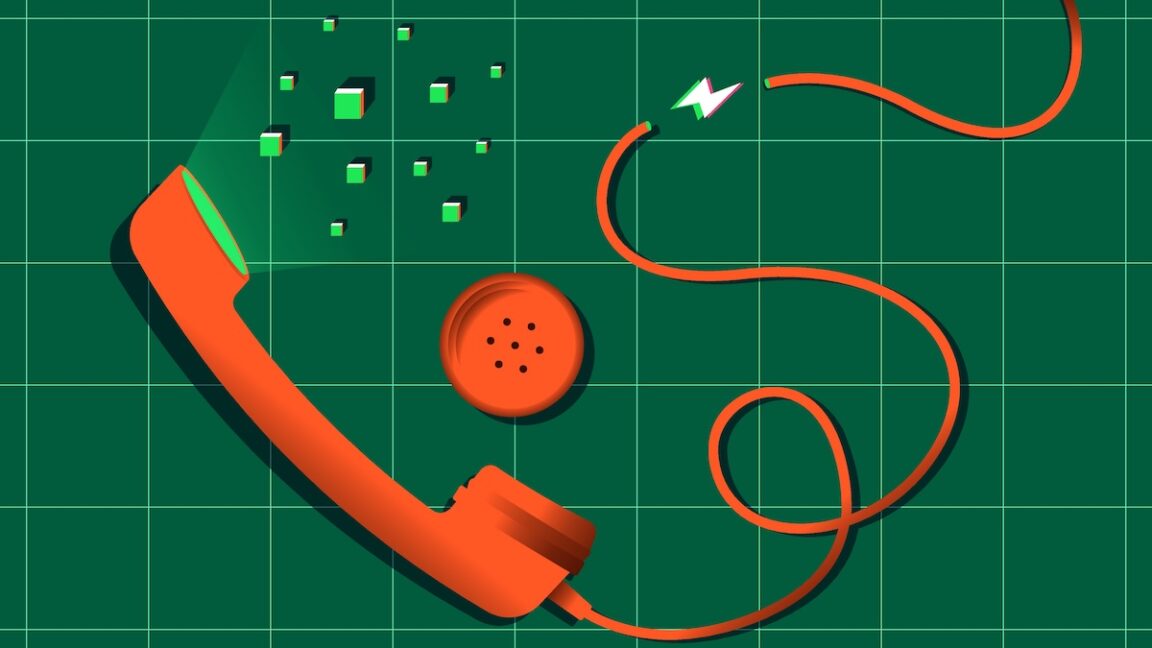TETRA Radio Encryption Vulnerability: A Growing Concern

In recent revelations, vulnerabilities have been found in the encryption algorithms used in radios for critical infrastructures such as police and military worldwide. Researchers in the Netherlands, including Carlo Meijer and his team from Midnight Blue, discovered that radios employing the TETRA encryption standard are susceptible to being cracked.
Initially, these radios used an algorithm developed by the European Telecommunications Standards Institute (ETSI) that was thought to provide secure communications for law enforcement and military operations. However, a troubling backdoor makes these radios less secure, prompting an advisory to use additional layers of encryption.
The more recent discovery unveils further concerns with the supposed end-to-end encryption implementations. The intended 128-bit key often compresses to just a 56-bit key, making it vulnerable to decryption. This issue seems widespread among various manufacturers' radios, but it remains unclear how informed end-users are about this security gap.
The adoption of the TCCA’s end-to-end encryption solution, meant to enhance the originally flawed ETSI algorithm, has raised questions due to its reduced key size. Despite being widely used, especially by government and law enforcement, the knowledge about these vulnerabilities appears limited, threatening potentially sensitive communications worldwide.
These encryption issues come at a time when transparency about security flaws in communication devices is essential. As TETRA-based devices continue to be deployed globally, it's imperative for involved agencies to scrutinize and address these security vulnerabilities actively.



